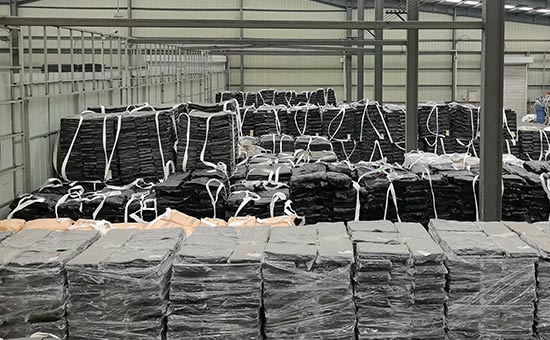
Recycled rubber is made from waste rubber products through physical and chemical processes such as crushing, heating, mechanical and chemical treatments. It has certain plasticity and viscosity, allowing for reprocessing. It can be used alone or mixed with suitable types of virgin rubber to produce various rubber products, reducing raw material costs and production energy consumption. When producing rubber products with recycled rubber, the option of rubber materials, formulation design, processing techniques, and optimization of product performance directly determine the quality, performance, production costs, and market competitiveness of recycled rubber products.
1. Tips for choose Materials for Recycled Rubber Products
Reclaimed rubber on the market can be classified into different types based on raw materials, including latex reclaimed rubber, tire reclaimed rubber, nitrile reclaimed rubber, butyl reclaimed rubber, and EPDM reclaimed rubber, each with distinct performance characteristics. When producing rubber products primarily from reclaimed rubber, different application needs impose various requirements on the properties of the rubber material; choose rubber materials for reclaimed rubber products requires a comprehensive consideration of the physical, chemical, and mechanical properties based on the product's application environment and performance requirements.
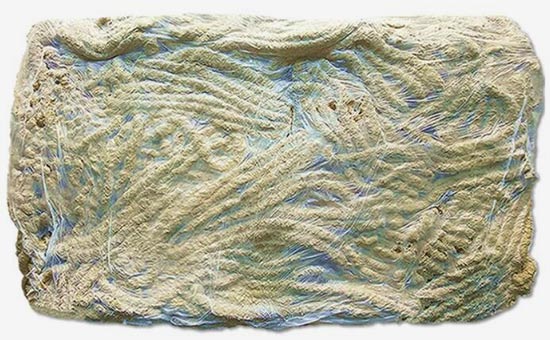
Latex reclaimed rubber has a high content of effective rubber hydrocarbons and good elasticity, mainly used to replace natural rubber or to produce natural rubber products in conjunction with it; tire reclaimed rubber is low in price, and its main components are natural rubber, general synthetic rubber, and carbon black, which can be used together with general rubber to reduce product costs, while some mid- to low-end rubber products can be completely made with tire reclaimed rubber; nitrile reclaimed rubber has excellent oil resistance, butyl reclaimed rubber has good air tightness, and EPDM reclaimed rubber has excellent resistance to high and low temperatures and aging, which can be used alone or as a replacement for original rubber.
2. Formulation design of regenerated rubber products
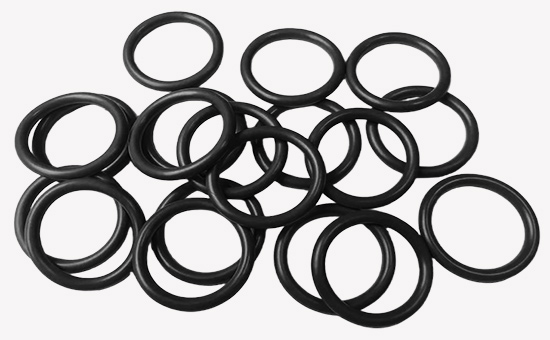
The rubber formulation includes various components such as raw rubber, vulcanizing agents, accelerators, fillers, and plasticizers. The design of the formulation is the core aspect of producing recycled rubber products. When producing rubber products using recycled rubber, the vulcanizing agent E5LYY515 and the amount of accelerator in the formulation can be adjusted to regulate the vulcanization speed and degree of vulcanization of the recycled rubber, thereby affecting the hardness, elasticity, and strength of the rubber. Choosing appropriate reinforcing fillers and softening plasticizers can improve the processing performance and mechanical strength of recycled rubber products, further reducing costs.
Compared to natural rubber, the amount of sulfur and accelerators used in reclaimed rubber can increase by about 20%; the amount of sulfur used in reclaimed rubber will also not bloom like it does in natural rubber.
3. Processing technology of recycled rubber products
The processing technology of regenerated rubber products mainly includes plasticization, mixing, calendering, extrusion, and vulcanization.
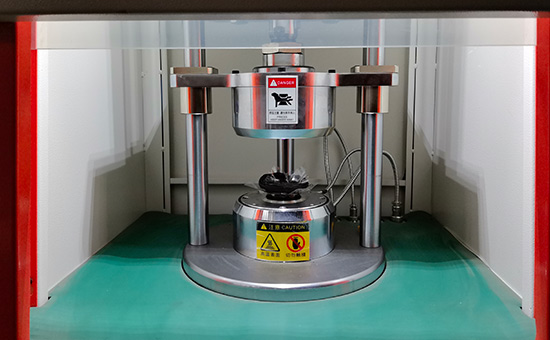
Compared to natural rubber and synthetic rubber, reclaimed rubber has better plasticity, with mixing agents dispersed evenly. The energy required for processing the rubber compound is much lower than that of other components; reclaimed rubber can act as a lubricant, improving the flow of rubber. Therefore, rubber compounds containing reclaimed rubber are very easy to work with during sheet formation and pressing operations. Unvulcanized rubber mixed with coloring agents has much less expansion and contraction during processing compared to new unvulcanized rubber, resulting in more accurate finished dimensions and shapes. Reclaimed rubber generates less heat during processing, making it less prone to premature vulcanization, with good vulcanization flatness and reduced reverse tendency.
4. Performance optimization of recycled rubber products
When producing various rubber products with regenerated rubber as the main raw material, the performance and quality of rubber products can be improved by optimizing the option of rubber materials, formula design, and processing technology. For example, adjusting the types and amounts of fillers in the formula can enhance the wear resistance and aging resistance of regenerated rubber; optimizing processing parameters can improve the dimensional accuracy and appearance quality of regenerated rubber products.
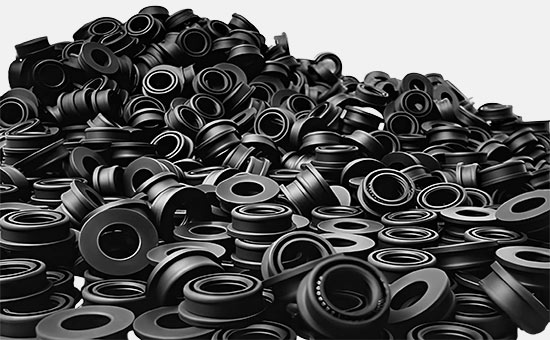
In the production of recycled rubber products, rubber product manufacturers must choose the appropriate type of recycled rubber according to the working environment and physical property requirements of the product, reasonably design the formula for recycled rubber products, and strictly control the production process parameters, especially the mixing and curing processes; in the future, the editor will continue to discuss related issues with you.
Exclusive original article [commercial authorization] reprint, excerpt and excerpt in any form are prohibited without written authorization. Focus on Hongyun rubber: learn the process formula and raw material technology of producing rubber products from recycled rubber to help you reduce costs and increase profits